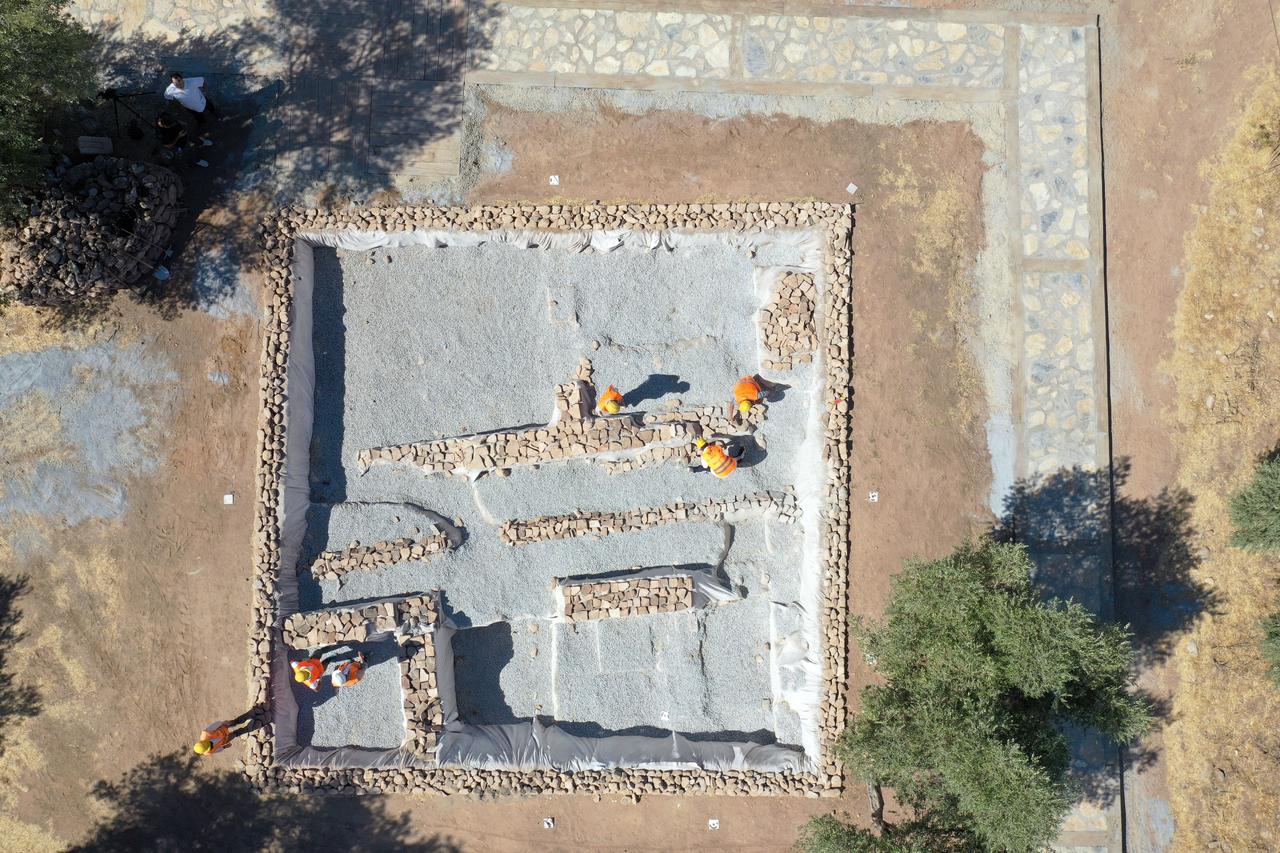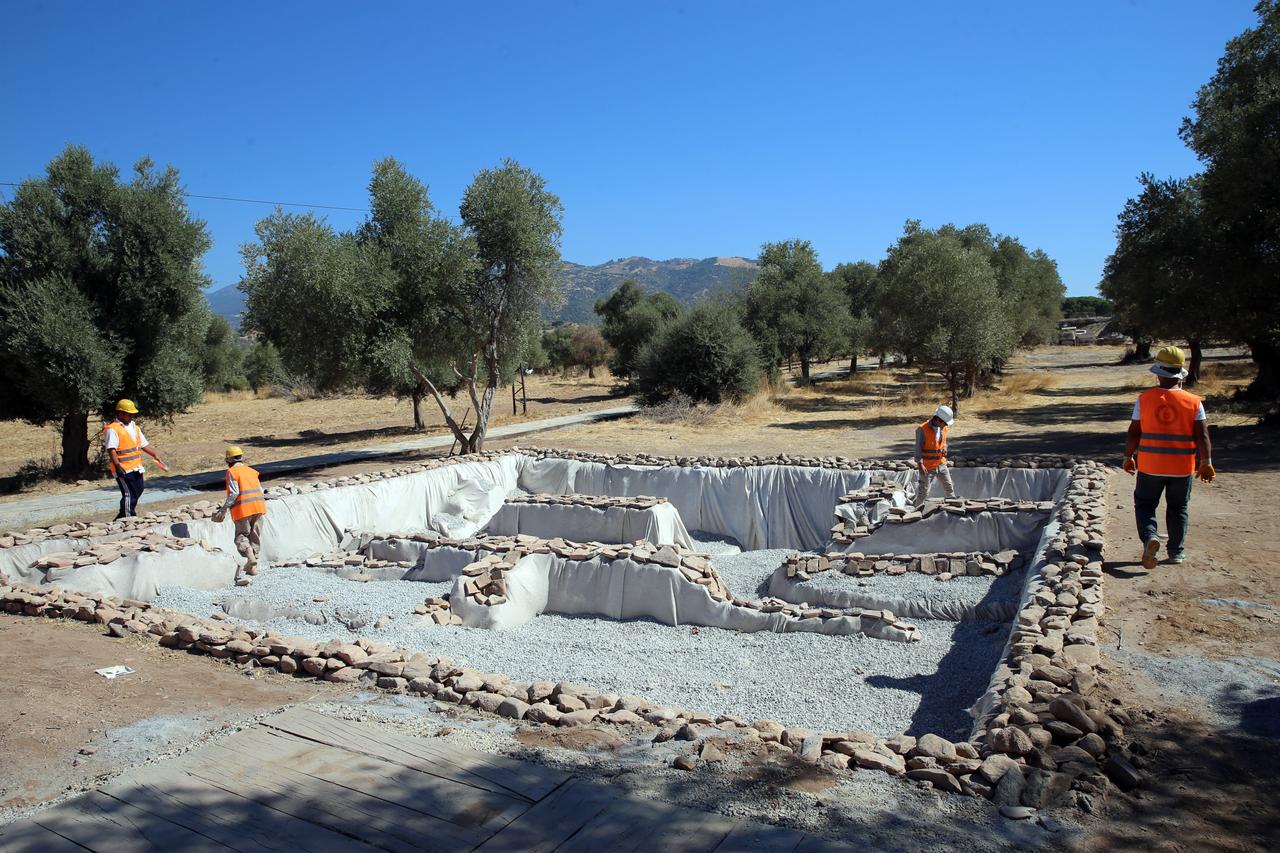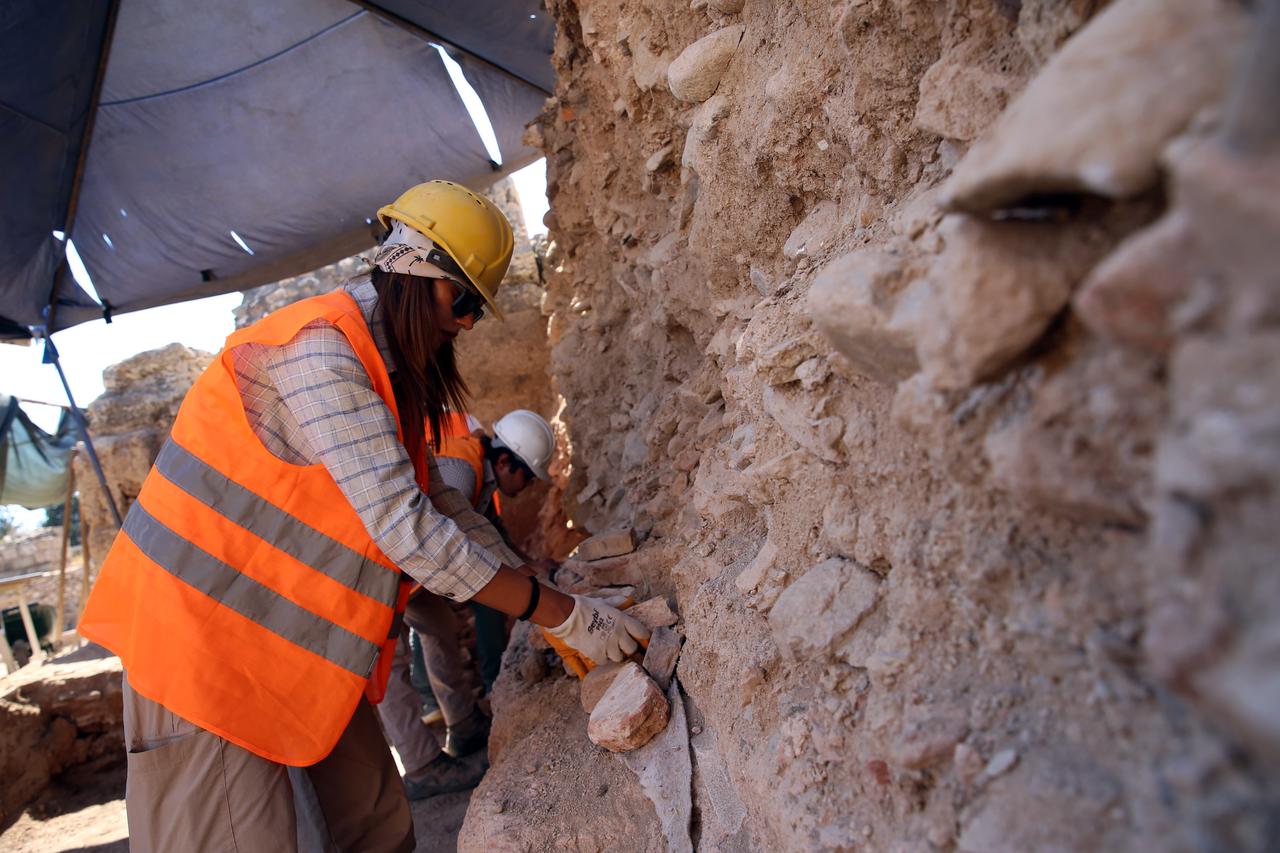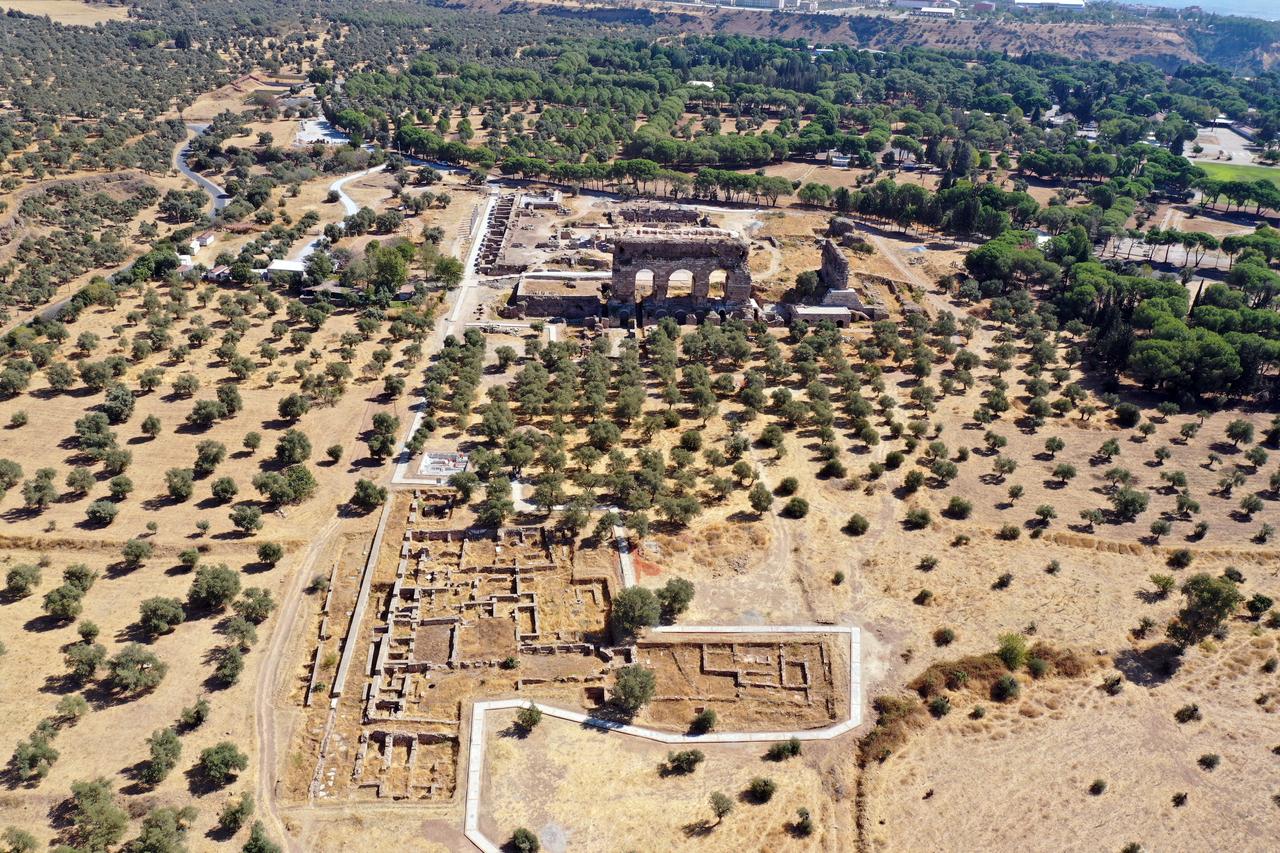
Archaeologists in Aydin, Türkiye, are working to bring to light three villa complexes dating back about 2,000 years in the ancient city of Tralleis, revealing residences that opened onto a busy colonnaded street and doubled as production spaces.
Excavation director Professor Murat Cekilmez of Aydin Adnan Menderes University said the team has focused on three areas on the western side of the city where large villas once stood along a colonnaded street—an avenue lined with columns typical of Roman urban design.
He noted that the houses formed a single complex of roughly 2,500 square meters, with shopfronts and workshops facing the street.

According to Cekilmez, these villas were used by Roman landowners and served as family residences supported by around 20 enslaved people.
He described a plan organized around a central open-air courtyard and rooms set up primarily for men. He added that the street-facing sections operated as shops, while the rear zones were converted into workshops.
Finds from these workshops point to intensive metal production in the fourth and fifth centuries A.D.
Cekilmez stated that “Roman soldiers’ metal belt buckles were produced in Tralleis.” He said the most telling evidence from the 2025 season was the discovery of terracotta molds—fired-clay forms—used to cast those buckles.
The team uncovered multiple molds as well as buckles made from them. “Our most important evidence in 2025 was the terracotta molds used to make those soldiers’ belt buckles,” he said.

Cekilmez explained that the villa owners set up workshops to sustain the cost of maintaining such expansive residences, pointing to the shops along the colonnaded street as a way to draw in customers and keep production going in the spaces behind.
“The villa has very large expenses, it is a very large house,” he said, stressing why the household economy had to rely on regular sales from the street.

He added that daily life gradually changed with the Byzantine period, when small churches or chapels were added inside the houses, reflecting new needs within the same built fabric.
Cekilmez said work will continue and the team expects to uncover further parts of the production areas in the shops to the north of one of the villas.